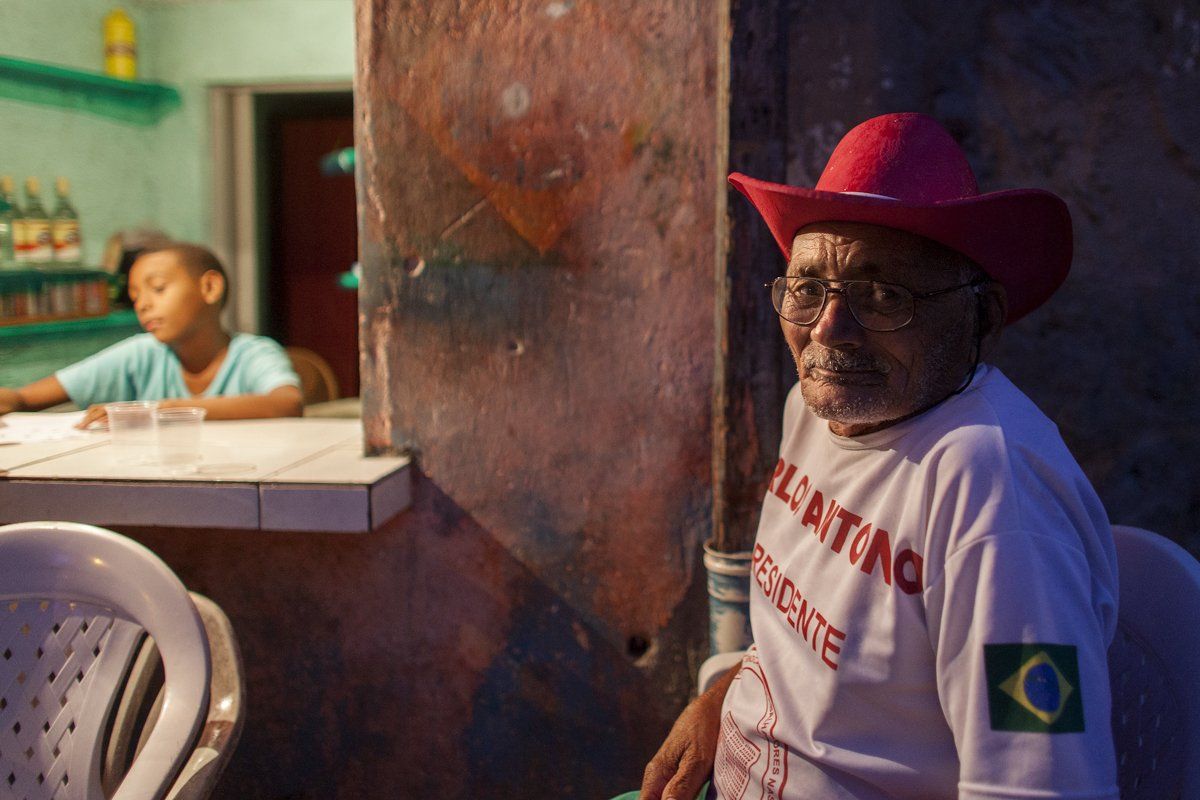Fabelas from Rio de Janeiro, 2013
Rio de Janeiro has 968 favelas, representing a growth of three million square meters in a decade. The term favela arose in Brazil and is applied generically to poor areas in the central-urban space. However, in the 1950s, it was decided for the first time to include irregular settlements in population censuses, and to do so, he drew up a definition of favela that includes human agglomerations that partially or totally possess the following characteristics: agglomerations where they predominate rustic-looking houses or barracks, land belonging to third parties or unknown persons with constructions without a license and without supervision and partial or total absence of a sanitary network, electricity, telephone and running water. As a result of the proclamation of Rio de Janeiro as the venue for the Olympic Games and the World Cup, a policy of social improvements was initiated in order to try to reduce as much as possible the social inequalities of the favelas as well as their levels of crime, these are the calls, pacified favelas. The report was made in the favelas of Cantagalo, Pavao, Pavahozinho, Alborada and complexo Alemao.

























